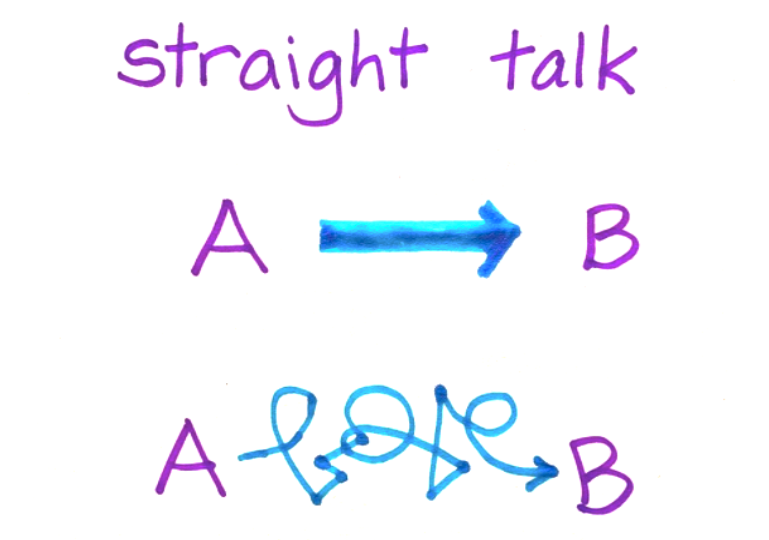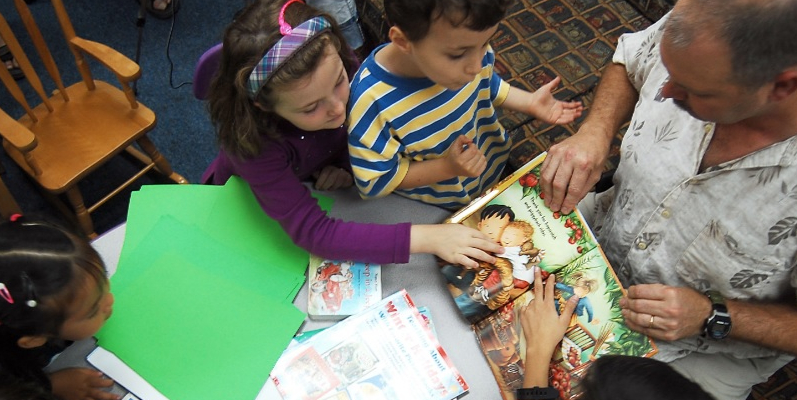It’s funny how conversation with districts I support have turned from the “now” to the “then”.
For weeks we’ve worried over getting devices to kids, worksheet packets to kids who don’t have online access (don’t start with me, that’s another long post for another day), meals for those who need them, calls to families to support learning and meetings with staff to stay up-to-date.
Now, there’s been a subtle shift to planning months ahead. District folks are talking about scheduling for the fall and beyond. Teachers are worrying about how to assess the kids when they return to classrooms: how to assess, when to remediate, how to juggle the new year’s learning with the bits that are needed to catch kids up.
Let’s talk straight about what could happen to support kids that need a strong start to the new learning while also filling the gaps that may have occurred during the pandemic. We are going to have to think outside the box for this one so stay with me until the end here…
- We need an extended day structure. One sure way to fill in missing learning for kids is to lengthen the day. Before we all have “the vapors”, listen for a second. If we try to pull kids out of instruction time during the day to catch them up, we’re just exacerbating the problem because they are missing the new year’s learning and we continue widening the gap. What if kids had a 35 minute play/club/extension time starting precisely at the dismissal bell? They eat a snack and chill in whatever ways will help them to focus when the instruction starts up again. Then there’s a 70 minute learning time that looks a lot like a workshop model with instruction/modeling/practice for kids. A few minutes are left to feed kids pizza or sandwiches before they head home. And, by the way, these kids need little to no homework during this time. Just saying…
- We need highly qualified, appropriately compensated teachers. The folks providing the 70 minute instruction must be our best and brightest. This is not the time for volunteer grannies (no offense intended here) or kids in high school who need public service hours. IF we are to remediate and accelerate simultaneously (those are not mutually exclusive), then we need the top shelf educators we know to do the teaching/assessing/adjusting during this time. A similar protocol was used in some schools in Texas when Hurricane Katrina caused the relocation of many families from Louisiana. Districts saw that the kids affected by months of lost learning due to Katrina would need quick, effective, thoughtful, innovative intervention for learning. It worked and in most cases took about 8-12 weeks to get kids caught up.
- We need to think acceleration and enhanced academics in addition to intervention. The learning in this protocol is not primarily remediated in the traditional sense. Let’s assess for the basics that need to be revisited, but let’s also enhance accelerated learning. It’s important that we still include choice, challenge, access to personal interests and curiosities.
- We need to start by including ALL stakeholders in the planning. Please, oh please, include families, caregivers, community leaders, specialists, teachers in conversations in the planning phase. It’s critically important that as educator leaders we are making decisions in a collaborative way to minimize assumptions and maximize success.
In talking details with a district recently questions came up about:
—Transportation. Yes, we’ll need buses to get kids home. It’s a logistical piece that I promise can be figured out. We run buses in the late afternoon and evening for sporting and UIL events. We can run buses for kids who need an extended day for maximized learning.
—Food. I promise there are funds for this. Again the importance of getting the right people in the initial planning phase is paramount. Food management services, school social workers, counselors should all be a part of the support team.
—Educational resources. Nothing new needs to be purchased for this extended learning day. Assessment for specific, individual student needs will be followed by instruction and practice with resources and materials that student would have accessed the previous spring during the shut-down due to COVID-19.
—Teachers. We have plenty and many of them would be willing to work an extended day for 8-12 weeks. These individuals should be selected based on their ability to assess/plan/differentiate/support/adjust in powerful ways so that every student learns in authentic, engaging ways. And they should be compensated generously. That means additional funds in their bank account–not jean passes or Sonic gift cards.
—Framing extended day learning. This is not a punishment for kids and families who didn’t comply with COVID distance learning. There is no shaming allowed. It’s clear there were kids who could not effectively be reached during March, April and May. No one person is at fault here–it’s just reality. Clear, thoughtful, respectful communication to families and kids is critical so this is seen as an opportunity for excelling, not a punishment for laxity.
This is tricky and a lot of people will be hesitant to 1) think outside the box 2) do the work that’s required to carry off an innovative, effective, respectful way to get kids caught up.
I hope I’m wrong. I hope that if we’ve learned anything in these three months of unprecedented events it’s that we will not be doing business as usual when it comes to learning for all students.
Let’s be disruptors. Let’s disrupt the way we’ve always done things and maximize learning for kids.











And let’s talk about the classrooms. Where were the students when the pandemic began? Where are they now? Many schools have had teachers “clean” out the rooms but those kids are in limbo in a virtual word. They have items left behind in classrooms. They have six months of community that never did get to physically come together and close out their learning. Please, please, PLEASE think of this from a student viewpoint. Don’t just jump into the next grade with a new teacher, a new class of students, and a new classroom if the classrooms truly were student-centered. Students need both emotional and physical closure on the 2019-2020 year. That may be more important than any academic needs facing these students.
That’s a critical point you’re making, Fran. I completely left that out of the “straight” talk. Thank you for responding with such wisdom!